Every time my family would visit my grandparents’ house for the weekend, my grandpa would wake up on Sunday mornings before the rest of us (which was pretty early in a family of educators used to waking up at 6 am each day) to buy steaming hot menudo, tender barbacoa, fresh home-made tortillas and all the trimmings…just for me. We would all emerge from our rooms to the savory aromas beckoning us from the kitchen table, and then my grandpa would turn to me with a twinkle in his eye, saying: “Why are you so pretty? You must take after your momma.”
This is only one of countless childhood memories which flood my consciousness when I think of Hispanic Heritage Month. It’s more than a group of decorative posters, a feature in the morning announcement or a themed group project. Hispanic Heritage Month is a celebration of life—my life, and the lives of millions around the world.
What Is Hispanic Heritage Month?
Hispanic Heritage Month is celebrated every year from September 15th through October 15th and dates back to 1968. According to HispanicHeritageMonth.org—which features background information, classroom ideas, links and more—it is a time to “recognize the contributions made and the important presence of Hispanic and Latino Americans to the United States and celebrate their heritage and culture.”
Did You Know?
Hispanic means having roots or origins from a Spanish-speaking country. Today, the term Hispanic is often used along with Latino. Do you know the difference between them? With which term would the people who hosted the 2016 Olympics in Rio identify? (Not sure yourself? Check out this Quick Breakdown Of The Difference Between Hispanic, Latino And Spanish.)
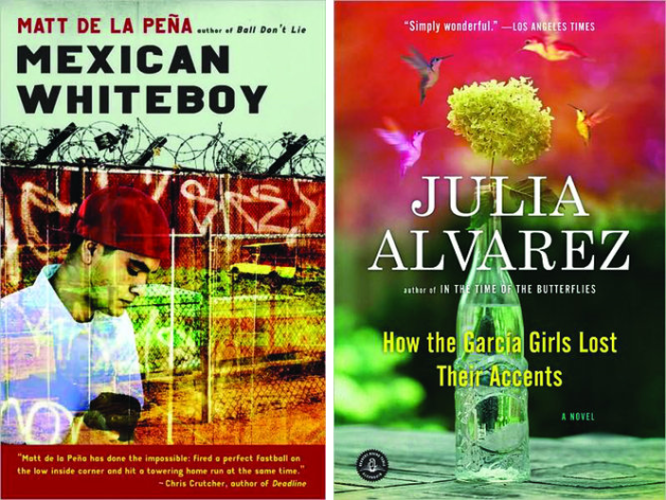 See which label is preferred by the students in your class, and discuss how it corresponds to identity. And if you are looking for good reads about the complexities of identity and culture, these books can help facilitate that discussion:
See which label is preferred by the students in your class, and discuss how it corresponds to identity. And if you are looking for good reads about the complexities of identity and culture, these books can help facilitate that discussion:
Mexican WhiteBoy by Matt de la Pena (Teacher Resource also available)
How The Garcia Girls Lost Their Accents by Julia Alvarez (Teacher Resource also available)
With a guided reading level Z, both texts lend themselves to use in a high school classroom.
Fascinating Facts for Students to Learn
During Hispanic Heritage Month, you’ll find a plethora of opportunities to infuse the vibrancy of Hispanic culture, rich history and less commonly known accomplishments of its people into the classroom. This cultural commemoration kicks off on September 15th with a wide collection of Independence Day Celebrations in several Latin American countries, such as Costa Rica, El Salvador and Guatemala. Have you ever tracked the history of Spanish-speaking nations and how they have changed over time? At one point, parts of the United States used to be Spain!
Fun Fact:
Mexico’s Independence Day is often mistaken for 5 de mayo, but it’s actually on September 16th! Do you know the real reason we celebrate 5 de mayo? This 29-day stretch is the perfect time for your students to do some research and find out more about the many other celebrations shared between the US and Mexico!
In 2015, the United States reported 56.6 million people, or 17.6% of the population, were of Hispanic descent. As the largest minority group, Americans of Hispanic descent can trace their deep family ancestry through diverse stories and complex pathways which span the world. The United States’ Hispanic population encompasses cultures from several countries besides Mexico, including Puerto Rico, Cuba, El Salvador, the Dominican Republic and Guatemala just to name a few!
Show Me the Stats!
For more information or to dig deeper with your students, visit the United States Census Bureau to find more data and statistics.
An Opportunity to Educate (and Eliminate Stereotypes)
As media overloads our lives with information, some of which is based on stereotypes or misinformation, let this period of time be an opportunity to educate yourself and others. Students can speak with family and friends about their thoughts and shared experiences, building a diversified and more realistic idea of the Hispanic community.
These stories can be presented to the class and even be turned into a classroom anthology of shared experiences the whole school can enjoy! This is also the perfect opportunity to connect with the Hispanic community in your area and get involved, seeing your history and social studies lessons in action!
Do You Know?
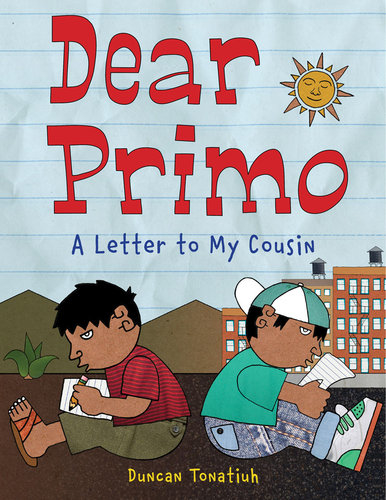 Festivals celebrating Hispanic Heritage Month take place all over the United States each year. These festivals are always fun-filled events, and they represent the perfect opportunity for students to get involved in their community. After attending one of these festivals, students can create presentations to report on a specific cultural topic to the rest of the class. To introduce a lesson about building connections across communities, try using Dear Primo: A Letter to My Cousin by Duncan Tonatiuh as a read aloud. This book shows a Hispanic American boy connecting with his cousin in Mexico, and also features a Teacher Resource with more ideas for further discussing culture, connection and diversity in the classroom.
Festivals celebrating Hispanic Heritage Month take place all over the United States each year. These festivals are always fun-filled events, and they represent the perfect opportunity for students to get involved in their community. After attending one of these festivals, students can create presentations to report on a specific cultural topic to the rest of the class. To introduce a lesson about building connections across communities, try using Dear Primo: A Letter to My Cousin by Duncan Tonatiuh as a read aloud. This book shows a Hispanic American boy connecting with his cousin in Mexico, and also features a Teacher Resource with more ideas for further discussing culture, connection and diversity in the classroom.
Each day during Hispanic Heritage Month can be used to recognize a different person, event or accomplishment of the Hispanic community with your class. People such as Ellen Ochoa, Sonia Sotomayor, Cesar Chavez and Pablo Neruda have all made a huge impact on our society, shattering barriers across nations and all the way into space!
Teaching Hispanic Heritage Month Through Content Areas
In addition to English Language Arts, there are many great ways to incorporate cross-curricular learning about the Hispanic community through history, social studies, science and other content areas. In addition to the links and books already shared, take a look at these ideas for incorporating Hispanic Heritage Month into many different types of lessons.
Segregation Struggles:
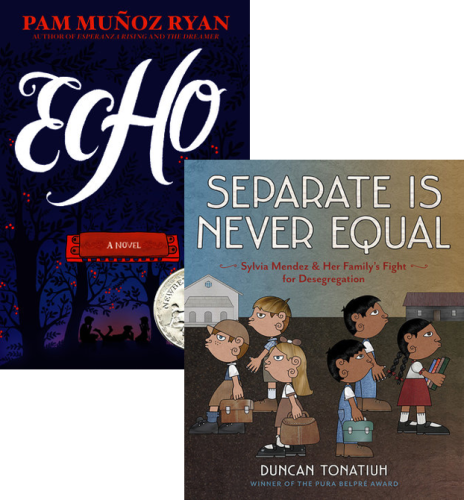 When people think of segregation, the most common mental picture is the struggle to end the separate treatment of African Americans and Anglo Americans. However, many people forget to consider Hispanic Americans, who were also segregated and given disparate treatment. The following books are great for history lessons about Hispanic segregation.
When people think of segregation, the most common mental picture is the struggle to end the separate treatment of African Americans and Anglo Americans. However, many people forget to consider Hispanic Americans, who were also segregated and given disparate treatment. The following books are great for history lessons about Hispanic segregation.
Separate Is Never Equal: Sylvia Mendez And Her Family’s Fight For Desegregation by Duncan Tonatiuh
Echo by Pam Munoz Ryan (Although Echo has several storylines interwoven together, excerpts can be taken to look at the storyline which deals specifically with Hispanic segregation through the eyes of the protagonist.)
 Supreme Superstar:
Supreme Superstar:
Sonia Sotomayor was the first Hispanic woman ever to serve on the US Supreme Court! What does the US Supreme Court do? This makes a great social studies lesson about government, which will complement the coverage of this year’s presidential elections!
Strides in STEM:
Ellen Ochoa was the first Hispanic woman to ever become an astronaut! What math and science skills does a person need to know in order to become an astronaut? This is a great tie-in for students to learn about the solar system, space exploration or technology, or can also be a great research topic.
Promoting Cultural Sensitivity for Tomorrow’s World
The most important lesson to keep in mind as we celebrate Hispanic Heritage Month is that we are all people. Our world has become increasingly smaller, thanks to the interconnectedness made possible by the internet, cell phones and advancements in travel. All of these breakthroughs—from desegregation to video-chatting with a class in Spain—have taken place within the last few decades.
Now more than ever, it is necessary to teach our students about understanding and accepting different cultures. Every day, outside of our classrooms, they are exposed to a flood of information through news and social media. It takes guidance to teach someone to fully appreciate the complexities of identity and the ever-present struggle of racism, not to mention understanding different perspectives, being mindful of cultural sensitivity and building confidence in respectful self-expression.
As the largest minority group in the United States, it is important to make sure that the Hispanic community is equally represented in today’s schools. This represents a crucial step in the right direction as we seek to prepare students for the challenges and advancements yet to be discovered in our world in the decades to come.
We have a collection of titles to give away in celebration of Hispanic Heritage Month! Enter below for a chance to win for your classroom!
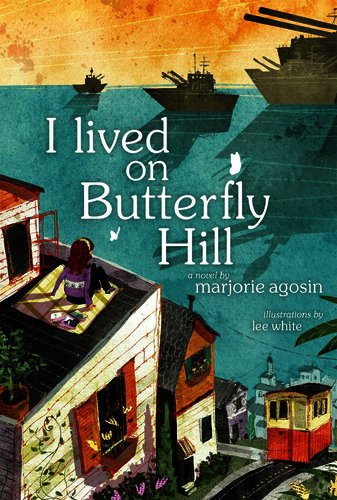 |
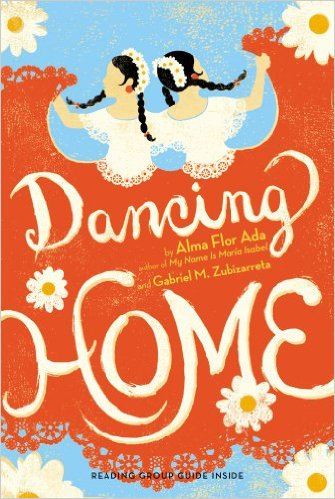 |
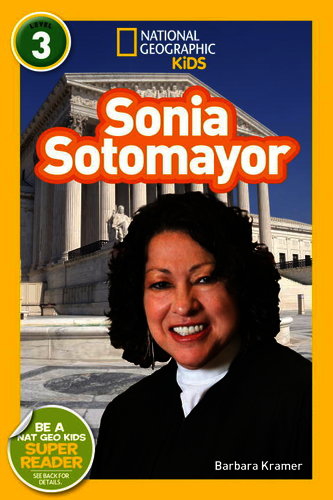 |
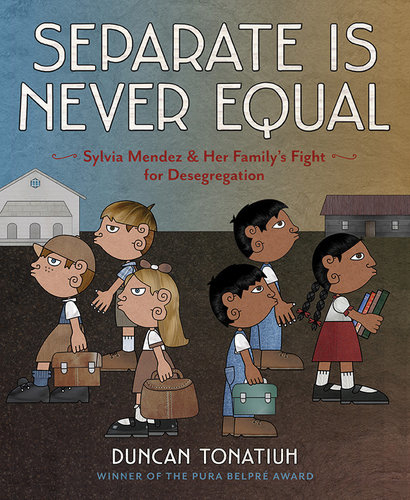 |
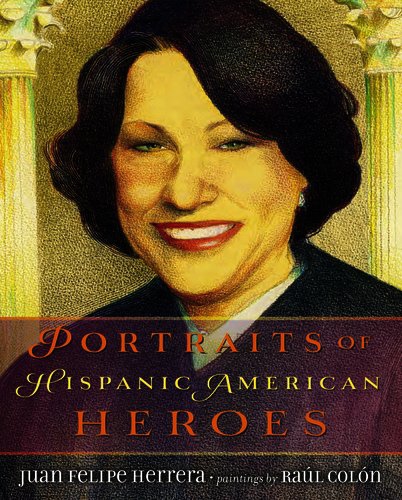 |
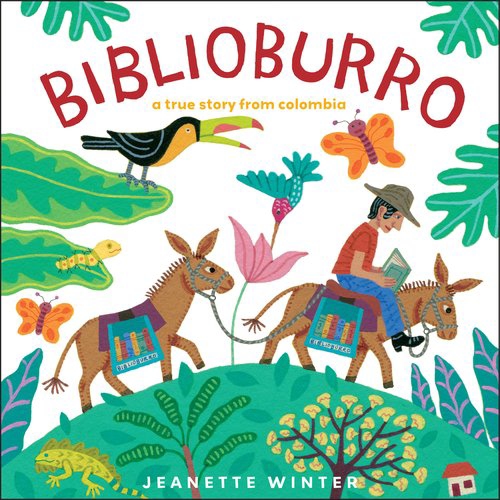 |
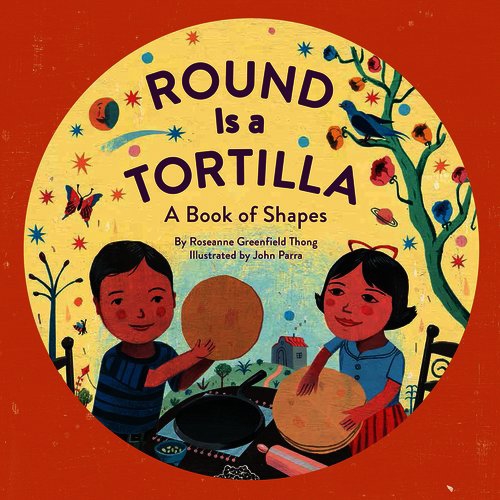 |
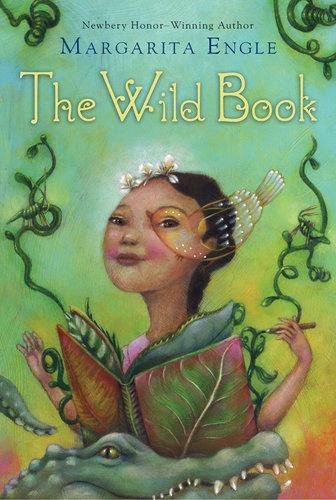 |
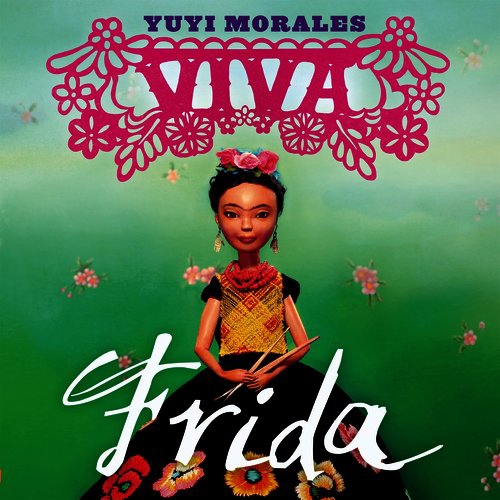 |
This contest is closed. Thank you for your participation and congratulations to the winners!
Booksource Recommendations


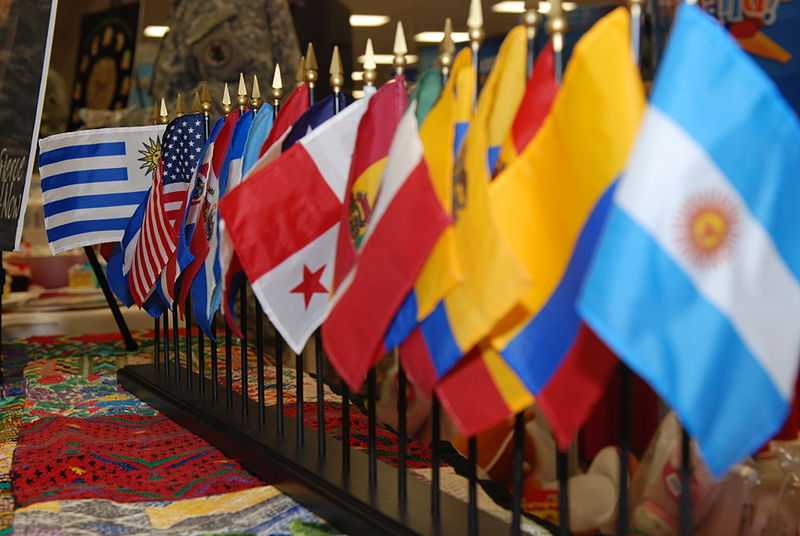
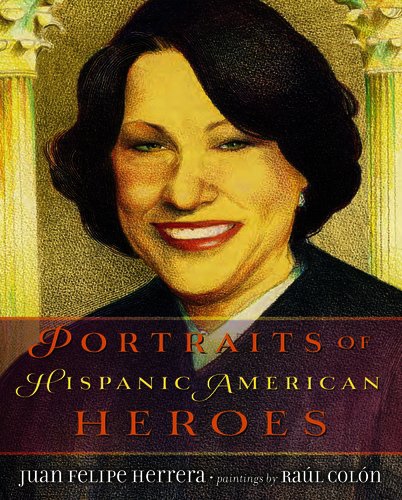
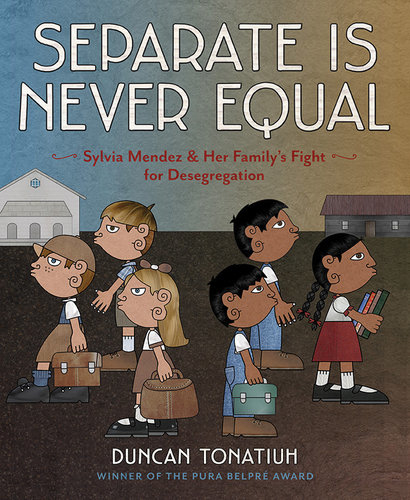
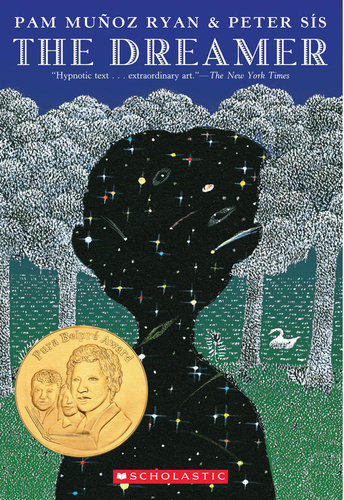

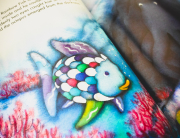
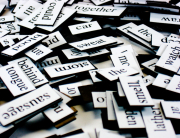

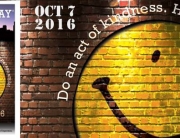
Leave A Comment